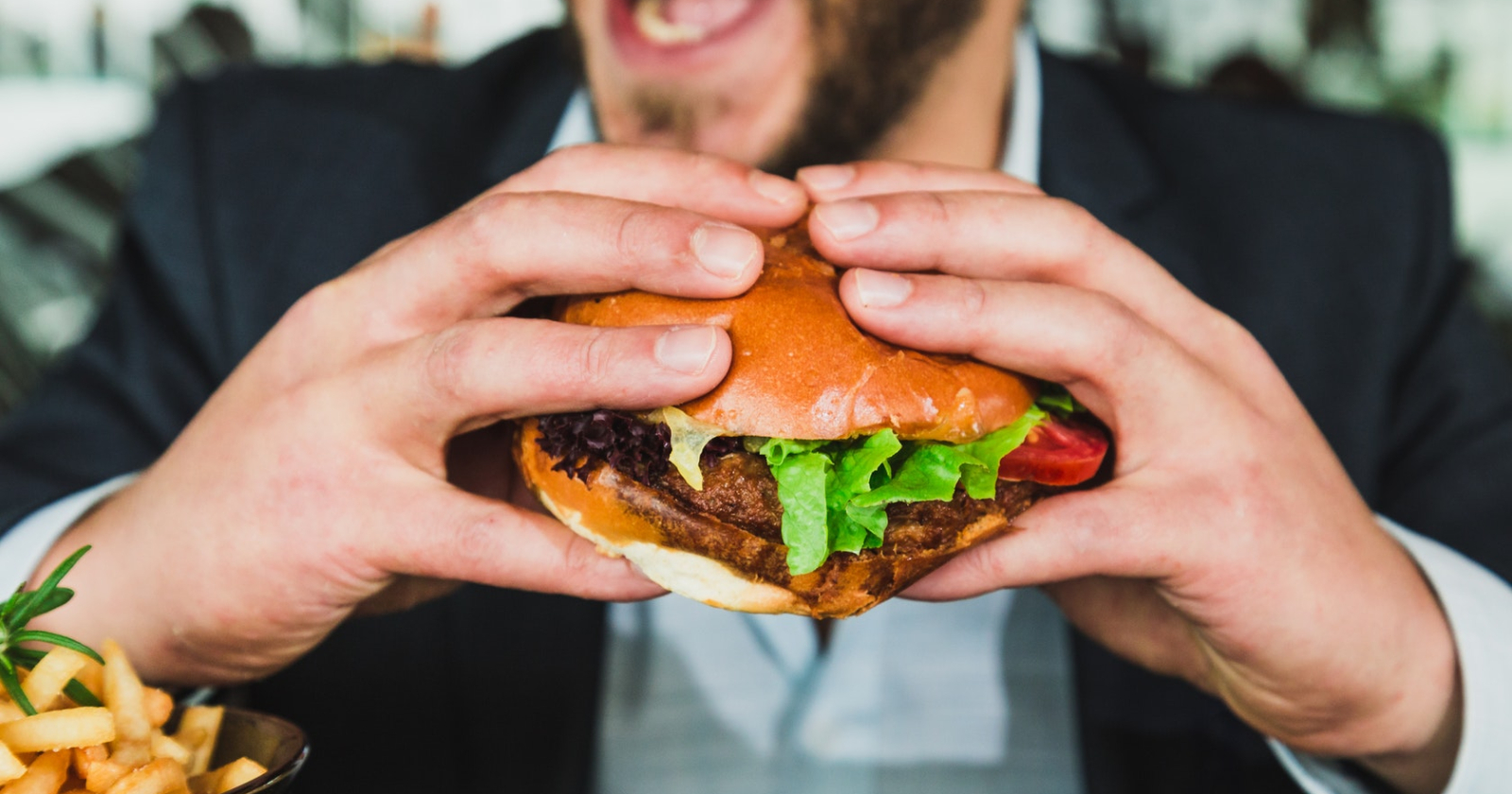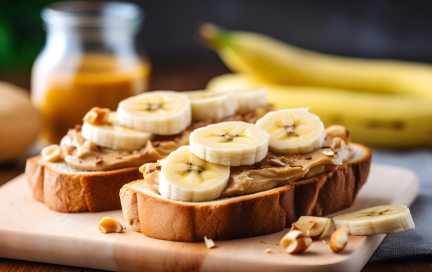{{ banner_block|raw }}
What is cholesterol?
Cholesterol is a waxy, fat-like substance that’s naturally produced by your liver. It also comes from certain foods. Your overall cholesterol level is influenced by both your diet and liver function. When you eat a balanced diet and your liver functions properly, your body naturally regulates cholesterol levels. Issues may occur with excessive intake of saturated or trans fats, especially if liver function is impaired.
Just like fats, cholesterol can be harmful or beneficial — it all depends on the type. To understand why, let’s first look at the role cholesterol plays in the body.
Why does your body need cholesterol?
Cholesterol plays a vital role throughout our lives — from early brain development to healthy aging. Cholesterol supports brain development in infants — that’s why breast milk contains high levels of it.
It also affects the production of sex hormones, reproductive system, immune system, and nervous system. Cholesterol helps maintain the structure and function of every cell membrane.
Roughly 15% of cholesterol supports new cell membranes, 5% is used for hormone and vitamin synthesis, and the remaining 80% is turned into bile to aid digestion. The processes of cholesterol production, processing and disposal occur in the liver.
Very low cholesterol levels have been associated with hormonal imbalances, which may affect reproductive health. Extremely low cholesterol levels may contribute to hormonal imbalances, low libido, mood disorders, poor digestion, and even increased risk of conditions like osteoporosis, type 2 diabetes, and certain types of stroke.
LDL vs HDL: What makes cholesterol good or bad?
Cholesterol doesn’t travel through the bloodstream on its own — it isn’t water-soluble. Instead, it’s carried through your blood by proteins, forming what’s known as lipoproteins.
There are two main types of lipoproteins: low-density (LDL) and high-density (HDL).
Whether cholesterol is considered “good” or “bad” depends on which type of lipoprotein is carrying it.
Low-density lipoprotein (LDL) carries cholesterol to your tissues. While your body needs some LDL, too much can lead to a buildup of cholesterol in the arteries. Over time, this buildup — known as plaque — can narrow or block blood flow.
Mindfulness made easy — and 70% off. Use promo code MEDIUM and start training with us today.
If a plaque ruptures, it can trigger the formation of a blood clot (thrombus). Depending on where the clot forms, it may lead to a heart attack (if it blocks a coronary artery), an ischemic stroke (if it affects vessels in the brain), or other complications related to reduced circulation.
That’s why LDL is often referred to as “bad” cholesterol.
High-density lipoprotein (HDL) is often called “good” cholesterol. Its main role is to remove excess cholesterol from the bloodstream and transport it to the liver, where it’s broken down and eliminated from the body.
Higher levels of HDL can help reduce plaque buildup in the arteries and lower the risk of heart disease.
| Total Cholesterol | HDL (mg/dL) | LDL (mg/dL) | |
|---|---|---|---|
| Acceptable | 170 and lower | 45 and higher | 110 and lower |
| Breakpoint | 170–199 | 40–45 | 110–129 |
| High | 200 and higher | — | 130 and higher |
| Low | — | 40 and lower | — |
How to maintain healthy levels?
If your LDL (bad cholesterol) is too high or your HDL (good cholesterol) is too low, here are a few ways to improve your numbers:
Replace saturated and trans fats with healthier fats (like those from olive oil, avocado, and fatty fish)
Eat more fiber-rich foods like oats, beans, fruits, and vegetables
Move your body regularly — aim for at least 150 minutes of moderate exercise per week
Read more about this here: 3 steps to lower cholesterol
Combine smart nutrition with regular physical activity, and you’ll reach your goals even faster. Use promo code MEDIA to get 70% off our training programs.


















